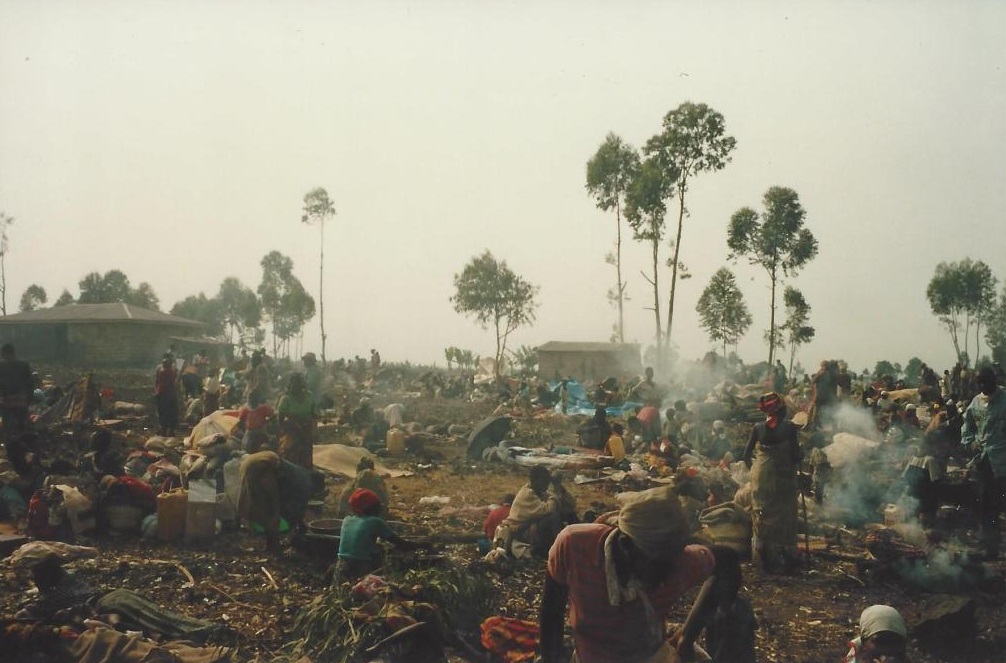Starting from 28th April 1997, during a planned operation, Rwandan army (APR) and AFDL rebels soldiers killed an unknown number of refugees in the Bengamisa locality, 51 kilometres north of Kisangani. The victims had been kidnapped in Kisangani and the surrounding area and transported to a military base, a former Gendarmerie camp near the river. When they arrived at the camp buildings, the victims, who included a large number of women and children, were led outside in small groups. They were bound and their throats were cut or they were killed by hammer blows to the head. The bodies were then thrown into pits or doused with petrol and burned. The operation was carried out in a methodical manner and lasted at least one month. Before vacating the premises, the soldiers tried to erase all trace of the massacres. With the aid of a motor boat and a canoe, they dumped the bodies in the river rapids, along with some of the soil taken from the extermination site. They also detonated bombs in the camp to turn over the earth where the bodies had been buried.

After the closure of the Bengamisa camp, the AFDL/APR soldiers set up camp around thirty kilometres away in the Alibuku locality. They set up a temporary camp five kilometres from the village, in an unoccupied zone near a gravel quarry. They set up a roadblock on the camp’s access road and ordered the chef de secteur to ban the people from hunting in the surrounding forest.
In the three months that followed, AFDL/APR units killed an unknown number of refugees around Alibuku. Twice a week, a truck carrying refugees arrived at the site, escorted by two AFDL/APR military jeeps. The victims were killed with cold weapons or bound and thrown alive from the hilltop into the rocky valley below. It is impossible to determine accurately the number of people killed at this site, but given the number of comings and goings, the victims probably run to several hundred. Before they left, the soldiers tried to erase all trace of the massacres. After they had left, however, a group of women from the village found many human remains at the scene.
OHCHR, 2010. Report of the Mapping Exercise Documenting the Most Serious Violations of Human Rights and International Humanitarian Law Committed Within the Territory of the Democratic Republic of the Congo Between March 1993 and June 2003, Geneva: Office of the United Nations High Commissioner for Human Rights, page 112 (web version).
